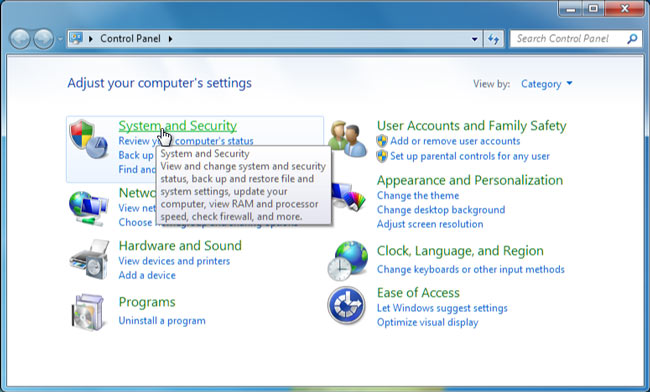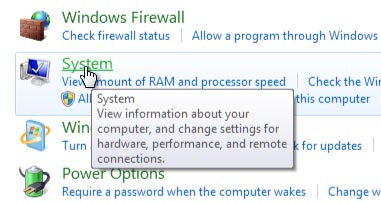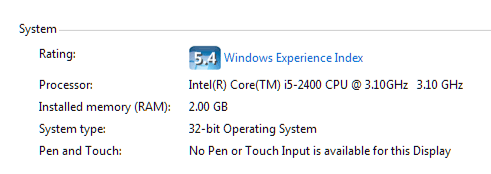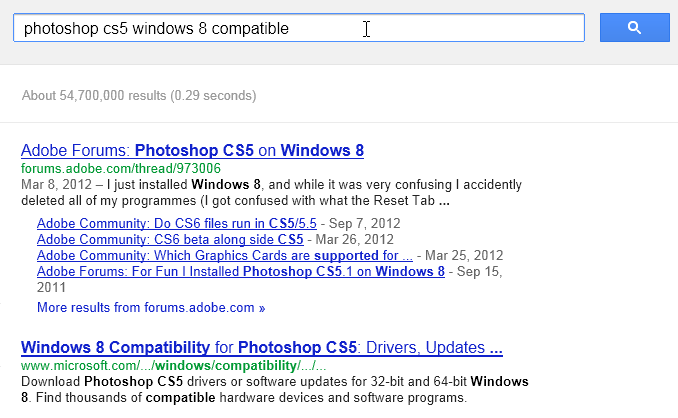Windows 8 -
Upgrading to Windows 8.1

Windows 8
Upgrading to Windows 8.1


/en/windows8/windows-81-features/content/
If you're currently using Windows 8, you can upgrade your computer to Windows 8.1 for free. However, it's also important to know that Windows 10 was released in July 2015. When you upgrade to Windows 8.1, you'll then be able to upgrade to Windows 10, and we'd highly recommend you do this—review our Windows 10 tutorial to learn how.
Windows 8.1 was released as an update to Windows 8 in October 2013. There are three main editions:
You cannot install desktop applications on Windows RT 8.1. While Windows RT gives you access to the desktop, you can only use it for Office RT and customizing certain settings. If you want to install and use traditional desktop applications on your computer—for example, Adobe Photoshop or QuickBooks—you will need a device that runs Windows 8.1 or 8.1 Pro.
If you want to use Windows on a tablet, you'll need to buy a tablet that has it pre-installed, such as the Microsoft Surface. Other manufacturers also sell tablets that use Windows. Keep in mind that some older tablets may run Windows RT 8.1, which means you won't be able to install desktop applications.

Searching the web for compatibility info
Before you upgrade to Windows 8.1, it's important to make sure your computer meets the minimum hardware requirements. Below are the requirements that Microsoft has given:
Note that these are the minimum requirements. If you use your computer for gaming or other demanding apps, you may need a faster processor, more RAM, or a more powerful graphics card.
The good news is that Windows 8 has the same requirements as Windows 7, so if you're upgrading from Windows 7, you'll probably have no problems with Windows 8. On the other hand, if you want to upgrade from Vista or XP, you should check your computer's system information to see if it meets the requirements.
To see if your computer meets the requirements for Windows 8, you can view information about your computer by going to the Control Panel.




In order for software to work, it has to be compatible with the operating system. Therefore, you may not be able to use all of your existing software if you switch to a different operating system. Before you upgrade to Windows 8, ask yourself if there is any software on your computer that you can't do without—and then do some research to find out if it is compatible.
If you are upgrading from Windows 7 or Vista, most of your apps should still work. However, if you're using an older version like Windows XP, there's a good chance that some of your apps will not be compatible with Windows 8. A simple Google search will often be enough to tell if an app will be compatible in Windows 8.

/en/windows8/getting-started-with-windows-8/content/